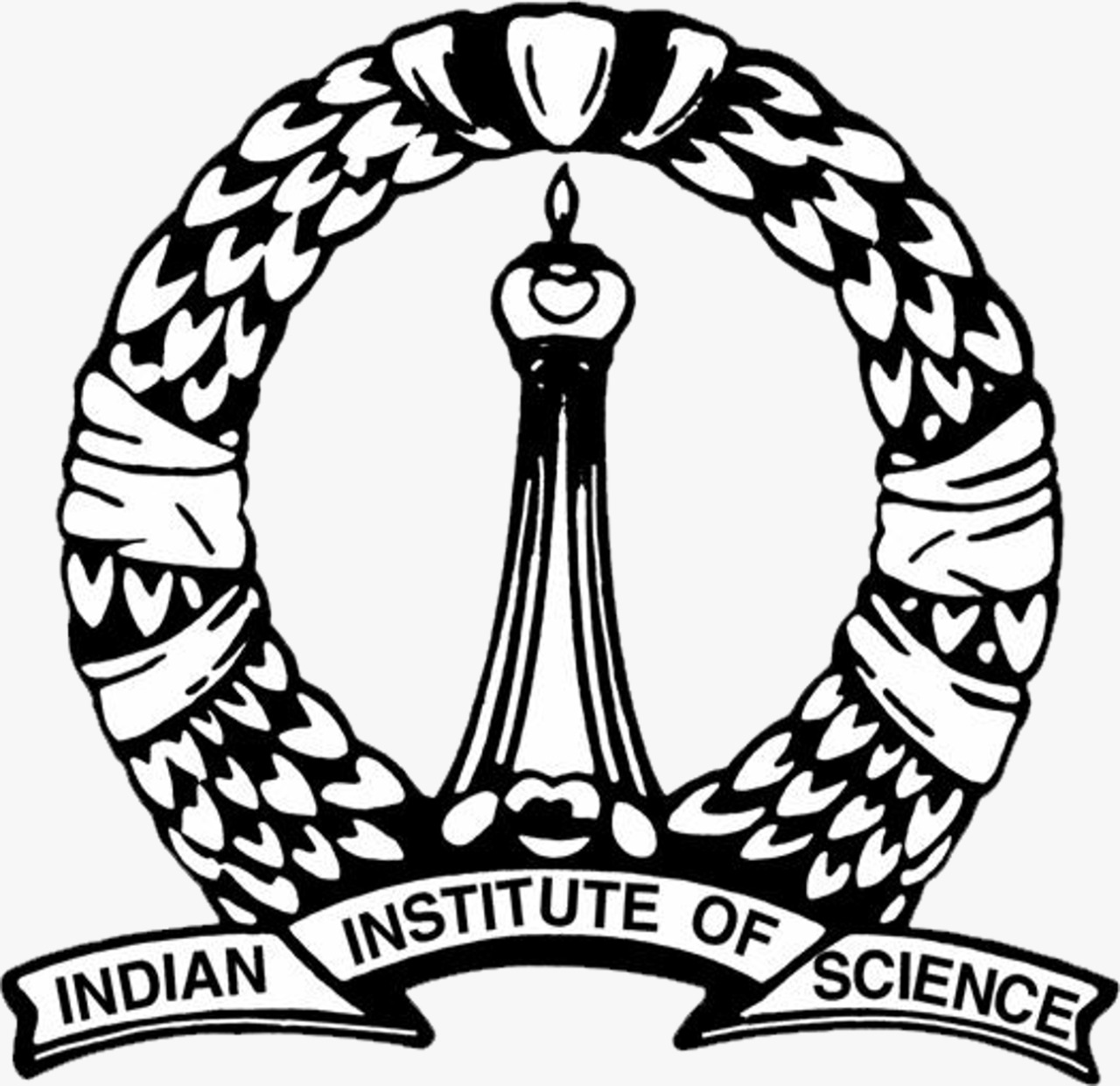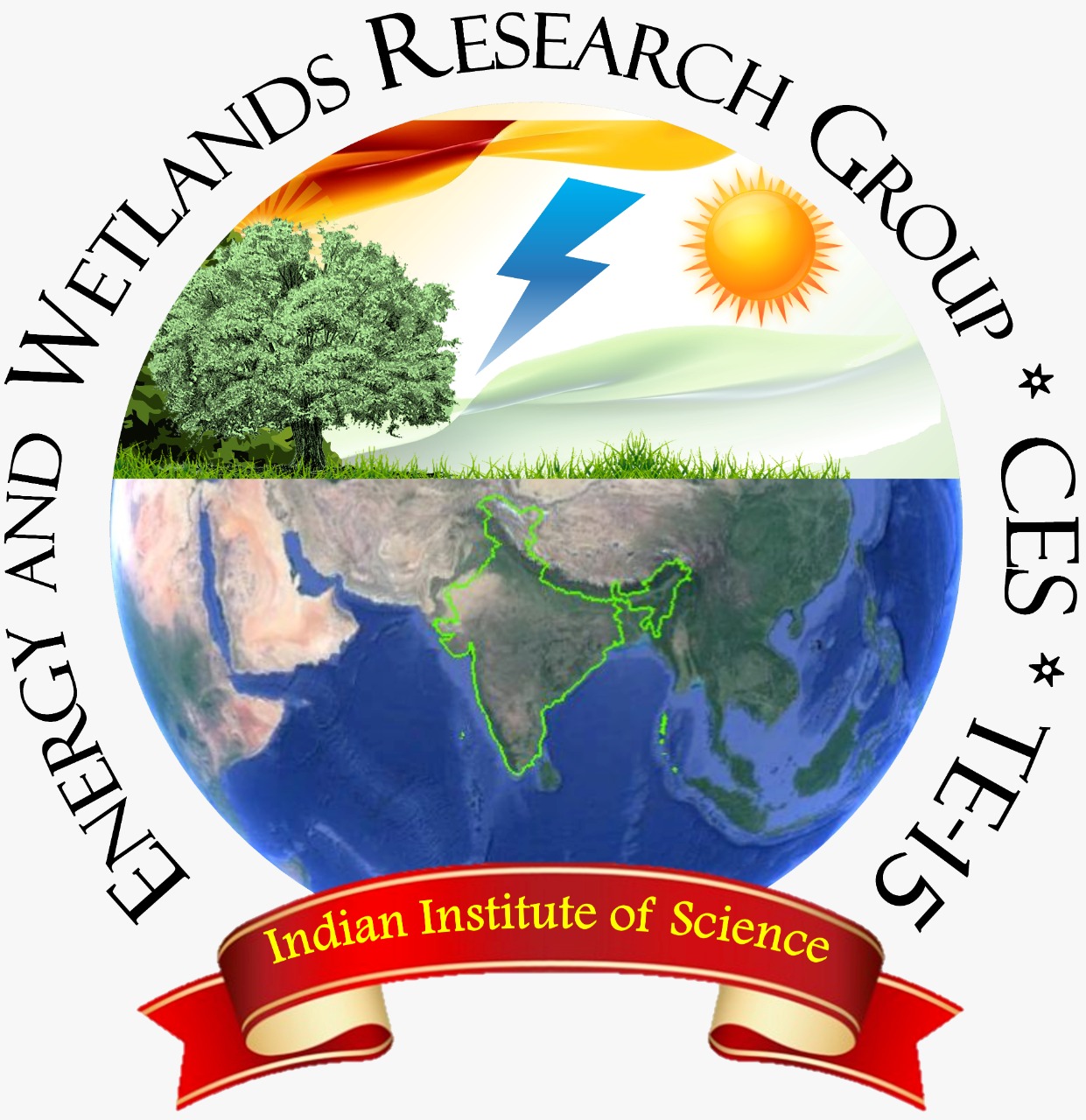|
Introduction
Freshwater lakes play a significant role in the socioeconomic development of a region. The addition of chemicals, nutrients and organic contents to aquatic ecosystems through anthropogenic inputs creates an ecological imbalance affecting aquatic life. The sustained inflow of untreated wastewater from domestic and industrial areas to freshwater bodies leads to water pollution, eutrophication and heavy metal contamination (Ramachandra et al., 2020a). Numerous studies have pointed out the major threats to wetlands that deteriorate water quality of freshwater resources, include water pollution, climate change, urbanization, land use and land cover changes, encroachments, agricultural practices, introduction of exotic species (Ramachandra and Aithal, 2016; Bassi et al., 2014; Haidary et al., 2013; Huang et al., 2013; Bahar et al., 2008; Prasad et al., 2002). In addition to anthropogenic sources, the seasonal variations in natural processes like temperature, rainfall pattern and hydrological condition also influence water quality. The growth and development of fishes is dependent on both abiotic and biotic factors such as temperature, light, pH, oxygen level, feed, plankton population etc. (Bhatnagar and Devi, 2013). A change in the water quality parameters may affect the growth and survival of fish. Ichthyofaunaor fish is very sensitive to changes in water quality thus, considered as an effective biological indicator in aquatic ecosystems. Various climate change-induced threats on wetland fisheries include water stress, sedimentation, proliferation of aquatic weeds and loss of inter-connectivity among wetlands (Naskar et al., 2018). Fishes are the major source of polyunsaturated fatty acids (PUFA)such aseicosapentaenoic acid (EPA) and docosahexaenoic acid (DHA) which are essential for human health (Barik, 2017; Sarma et al., 2013). The fisheries sector provides livelihood for several families in India, in addition to fish constitute a valuable source of protein, vitaminsand minerals. Hence, assessment ofwater quality is crucial to understand the habitat quality of ichthyofauna. Multivariate statistical technique, such as principal component analysis (PCA), help in the interpretation of complex data sets and provides better understanding of water quality of freshwater ecosystems (Zhang et al., 2011; Wang et al., 2017; Ramachandra et al., 2018; Mamun et al., 2021). PCA helps to analyze and interpret water quality data, understand temporal/spatial variations in water quality data and identify chief pollution sources of waterbodies, enabling water resource management (Barakat et al., 2016; Islam et al., 2017; Zeinalzadeh and Rezaei, 2017; Diamantini et al., 2018). It provides information about the most meaningful parameters in the whole dataset, while removing data redundancy and explains the correlation between parameters with minimum loss of original information (Liu et al., 2021; Mishra, 2010). The water quality index (WQI) is widely accepted now to assess the water quality and determine the suitability of water for various purposes by integrating large set of water quality data, which includes physical, chemical and biological characteristics into a single number to express the quality of freshwater ecosystems (Ramachandra et al., 2020b; Sharma and Kansal, 2011). WQI has been useful in water resource management worldwide for past few decades (Chabuk et al., 2020; Bora and Goswami, 2017; Wu et al., 2017; Jindal and Sharma, 2011). WQI is more effective than determining the trophic state index (TSI) or trophic level index (TLI) for aquatic ecosystems (El-Serehy et al., 2018). The studies on ichthyofauna diversity of lakes in Bangalore are scanty. Hence, the present study was designed to (i) record and map the ichthyofauna diversity; (ii) assess the water quality across the lakes in Bangalore, Karnataka; (iii) identify the pollution sources and pollution levels using multivariate statistical analysis (principal component analysis, PCA)and (iv) compute water quality index (WQI).
|

